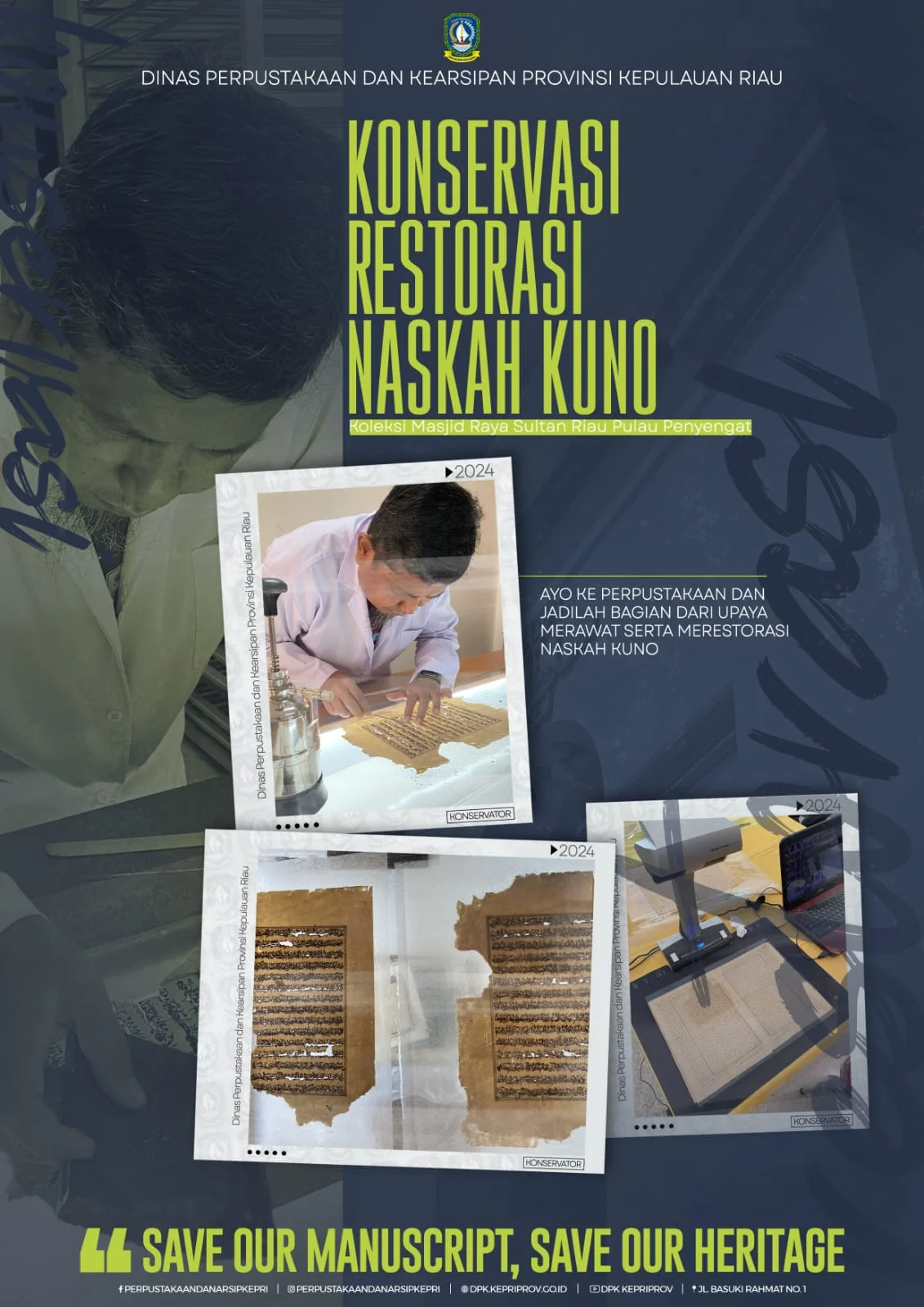The English army began the battle at the prime of the hill and the Normans started at the backside. On Christmas Day 1066, William of Normandy was topped King of England. Norman language and tradition then started to influence the country and changed the means forward for England. The easy slope allowed Williamâs knights an open strategy, towards which Harold relied on the close âshield wallâ formation of his educated troops to hurl back and dishearten the enemy. The heavily armoured knight, using a robust charger and holding couched a heavy thrusting lance, was nonetheless a hundred years away.
For the Normans, conquest was an ongoing marketing campaign that lasted years, not one thing that was handed to them by advantage of Haroldâs demise at Hastings. Admittedly, in the historical past of medieval army encounters, the Battle of Hastings was unusually decisive. This hard-fought battle resulted within the deaths of King Harold and a large portion of the English aristocracy. With the removal of a lot of the ruling elite, William the Conqueror and his Norman allies took over the controls of a remarkably centralised Anglo-Saxon state. But in the end, before he died in 1066, Englandâs King Edward selected a unique successor, Harold Godwinson, an English nobleman. Feeling betrayed, William gathered an army and made his method to England in hopes of correctly taking his place atop the throne, which was changing into extra crowded.
After 5 days that they had not arrived and so Harold determined to head for the south coast with out his northern troops. King Harold was totally conscious that both King Hardrada of Norway and William of Normandy might attempt to take the throne from him. Harold believed that the Normans posed the principle danger and he positioned his troops on the south coast of England.
Archers would have used a self bow or a crossbow, and most would not have had armour. During the battle, Harold was additionally mortally wounded and died and with out his leadership, the military turned very undisciplined and broke ranks, which led to the slaughter of Haroldâs army by Williamsâs extra organized troops. The Bayeux Tapestry describes the Norman invasion of England and the events that led up to it. It is believed that the Tapestry was commissioned by Bishop Odo, bishop of Bayeux and the half-brother of William the Conqueror.
Many of them fled, however the troopers of the royal family gathered around Harold’s body and fought to the top. The Normans began to pursue the fleeing troops, and apart from a rearguard motion at a website known essay writing service as the “Malfosse”, the battle was over. Exactly what occurred at the Malfosse, or “Evil Ditch”, and where it took place, is unclear. William’s disposition of his forces implies that he planned to open the battle with archers in the front rank weakening the enemy with arrows, adopted by infantry who would have interaction in shut combat.
From the early morning of the 18th of October, William attacked the Anglo-Saxon protect wall. They had numerical superiority in cavalry, and the Norman knights have been among the many best in Europe. Then William ordered his archers to unleash volleys of arrows on the enemyâs line.
Thegns, the local landowning elites, both fought with the royal housecarls or attached themselves to the forces of an earl or other magnate. The fyrd and the housecarls both fought on foot, with the most important difference between them being the housecarlsâ superior armour. The English army does not seem to have had a major number of archers.
http://asu.edu Williamâs battle drive consisted of about seven to twelve thousand troopers of infantry and cavalry. They have been going through an uphill battle in opposition to about five to thirteen thousand people on Godwinsonâs side. The army compositions have been pretty commonplace for the time of the 1066 battle of Hastings. Archers, infantry, in addition to cavalry, were present in each armies. Williamâs males were mostly normans whereas Harold Godwinson obviously brought his Anglo-Saxon conscripts and nobility.












Discussion about this post